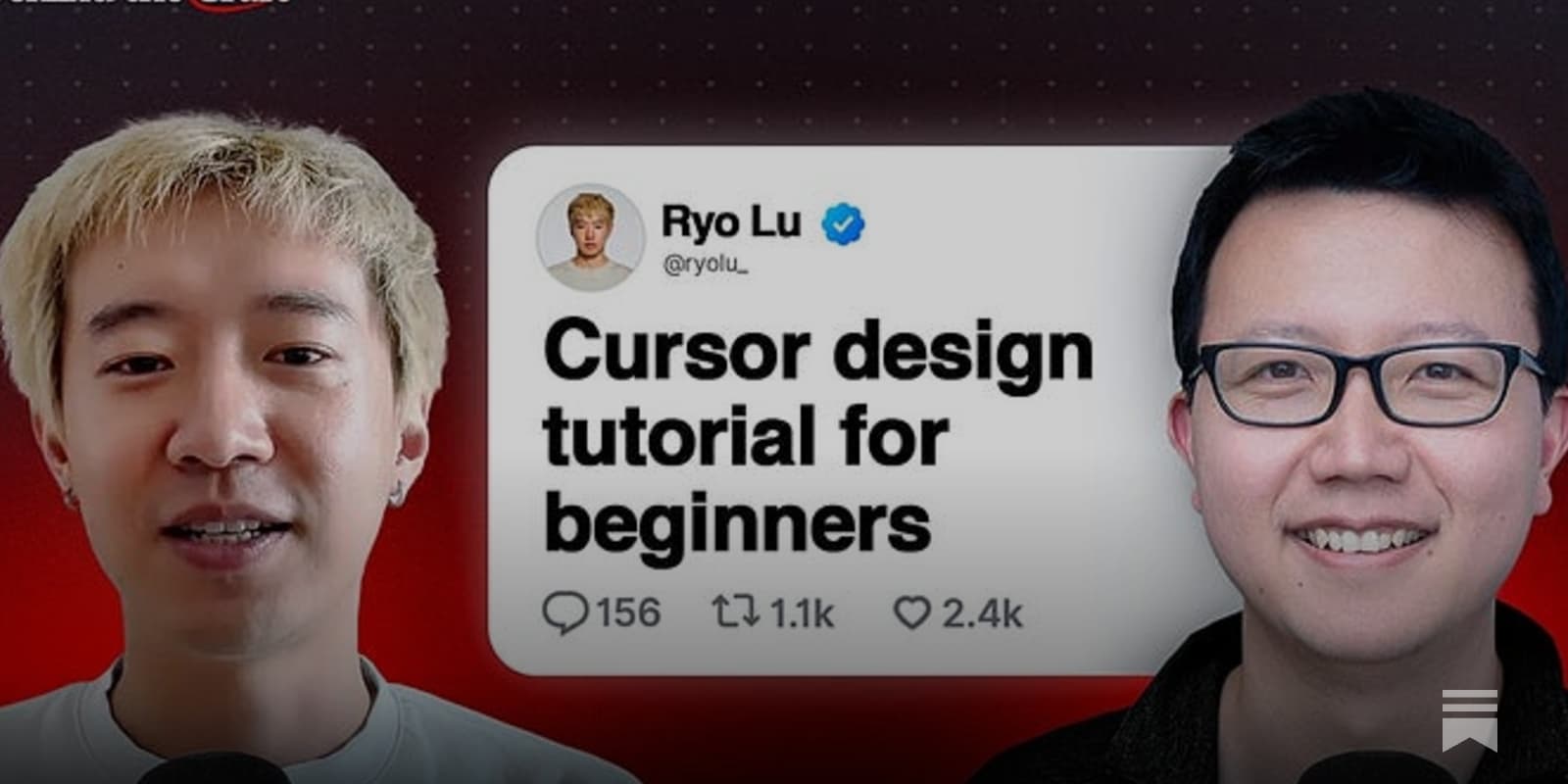Ryo Lu Advocates for "Making Things True" with Design, Highlighting AI as a New Computing Primitive

San Francisco, CA – Ryo Lu, Head of Design at Cursor AI and an early contributor to Notion, has articulated a profound design philosophy centered on understanding underlying structures and recombining elements into novel forms. In a recent social media post, Lu asserted that true design transcends mere aesthetics, focusing instead on "decomposition and recomposition" to build more powerful and revealing systems. This approach, he argues, is evident in tools like Notion and Cursor, and positions Artificial Intelligence as the next fundamental primitive in computing.
Lu, whose background includes pivotal roles at Notion and Stripe, explained his long-standing attraction to tools and systems over single products. "A product solves one problem. A system gives you the building blocks to solve infinite problems," he stated. He cited Notion's foundational elements—blocks, databases, views, and relations—as irreducible components that allow users to construct any desired tool, contrasting this with the rigid, pre-configured nature of many single-purpose applications.
Extending this philosophy, Lu highlighted Cursor AI as a similar paradigm shift in software development. He emphasized that Cursor aims to bridge the gap between human intention and working software by allowing users to describe their needs, with the AI understanding the underlying structure, patterns, and logic. "You're no longer translating between human thought and machine language. You're working directly with concepts, and the AI handles the decomposition into code," Lu elaborated, underscoring the tool's potential to democratize software creation.
Lu posits that this modular, recombinatorial principle extends beyond software to fundamental aspects of the universe, from language and music to DNA. He views the history of computing as a progression of new primitives—command lines, GUIs, the web, smartphones—each unlocking entire ecosystems. For Lu, AI represents the latest and most transformative of these primitives, offering a new way to decompose and recompose reality. His vision challenges designers to delve into the essential properties of things, asking "what new things can I build?" rather than simply focusing on superficial appearances.